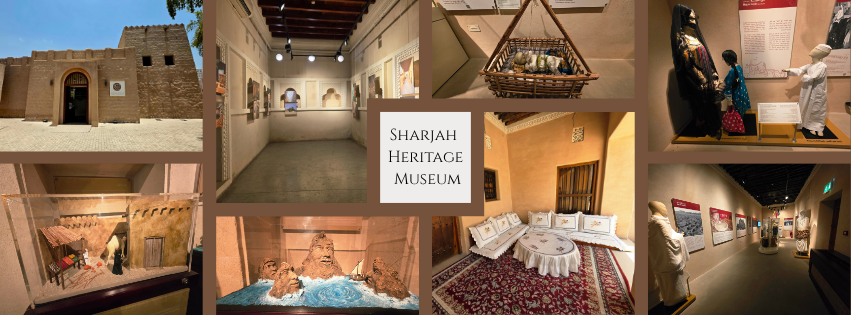
Last weekend, my husband had a transaction to take care of in Sharjah. While preparing for the trip, he turned to me and asked, Do you want to visit more museums there? I lit up instantly and replied with a Yes. We enjoy visiting cultural places and soaking up history. He asked me to check which ones were nearby, so he could pin the location ahead of time. I did a quick search and one name immediately stood out Sharjah Heritage Museum. I smiled to myself, thinking this is something worth blogging about. A quiet excitement overflows inside me. I knew I was about to walk into a place where the past still stayed in the corners.
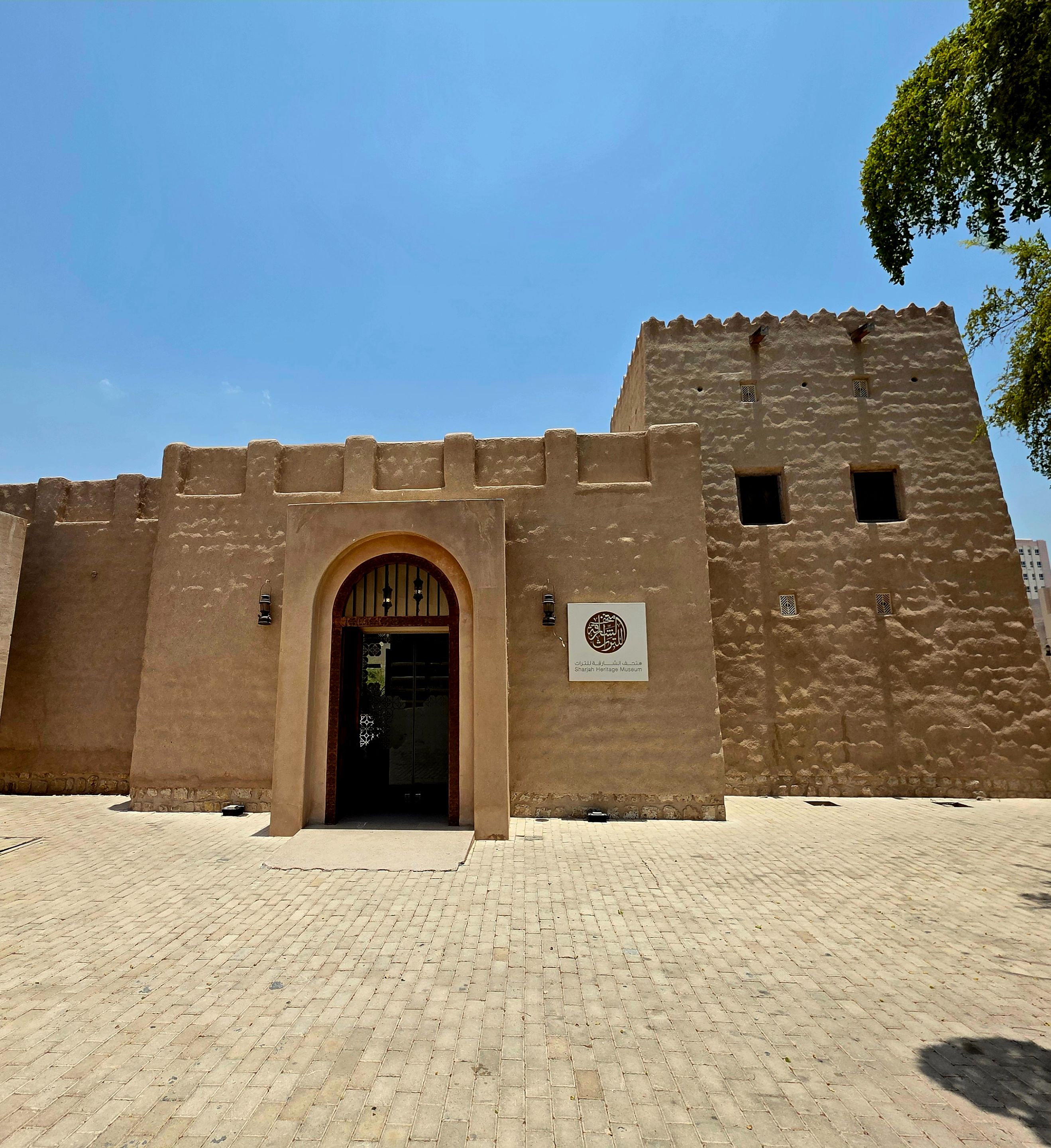
After his business was taken care of, we headed straight for the museum. As we neared the area, something felt oddly familiar. I opened my map and realized this was right next to the museums we’d visited before. We looked at each other and laughed. How could we have missed it! Maybe we were just too tired that day, drained by the glaring heat. Funny that something can be right under your nose and still go overlooked. We parked and walked into a compound like it belonged in another century. The buildings weren’t just structures, they were made of coral stones, chandl (sandal) wood, palm fronds, mortar and plaster. The museum wasn’t immediately obvious and we wandered around for a bit, taking in the earthy textures and old world charm. We ambled through the museum’s main entrance and paid the entrance. The fee, which was 20 AED per person, around $5.45. The staff welcomed us with a short briefing. We were free to wander, take photos and enjoy the displays at our own stride.
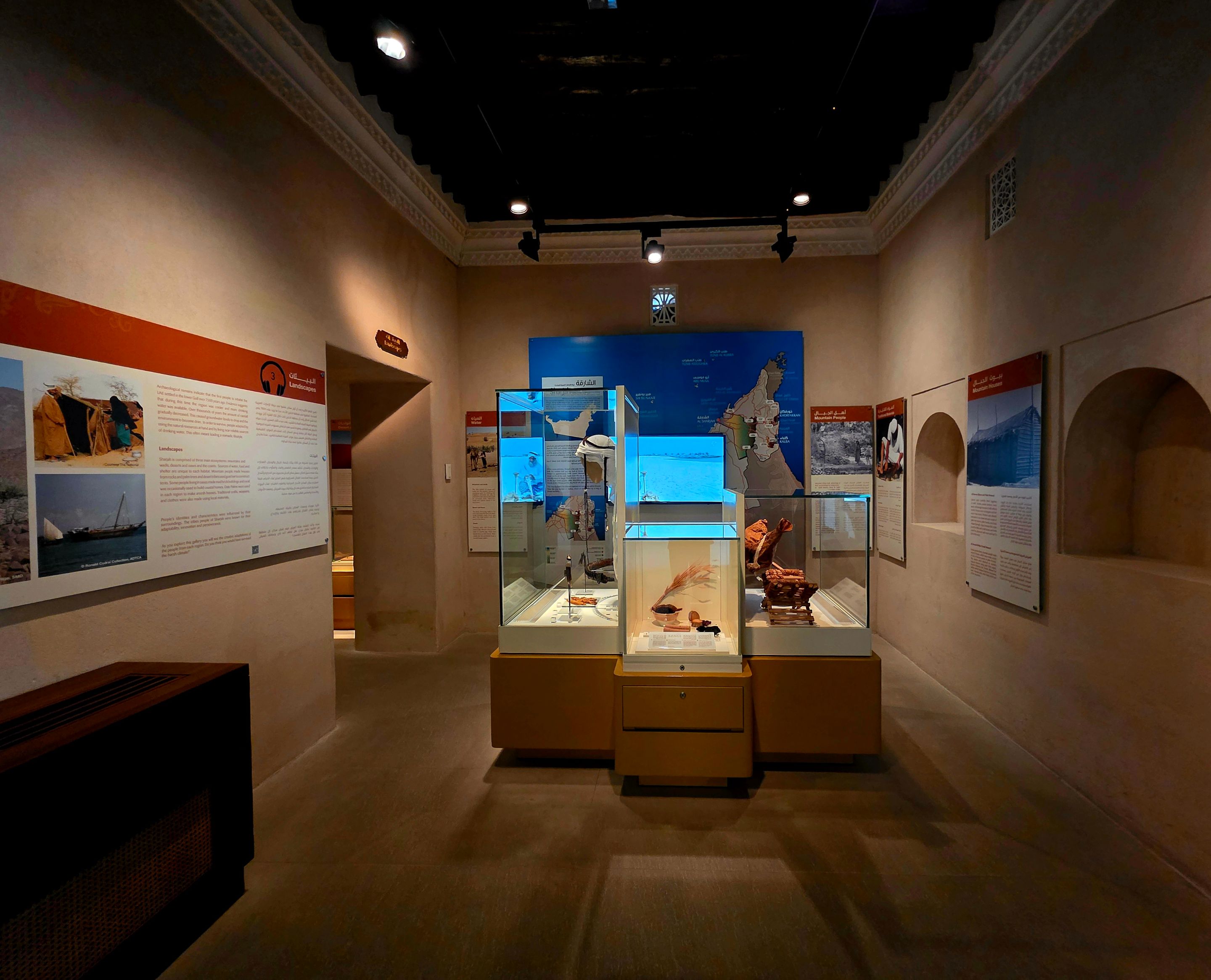
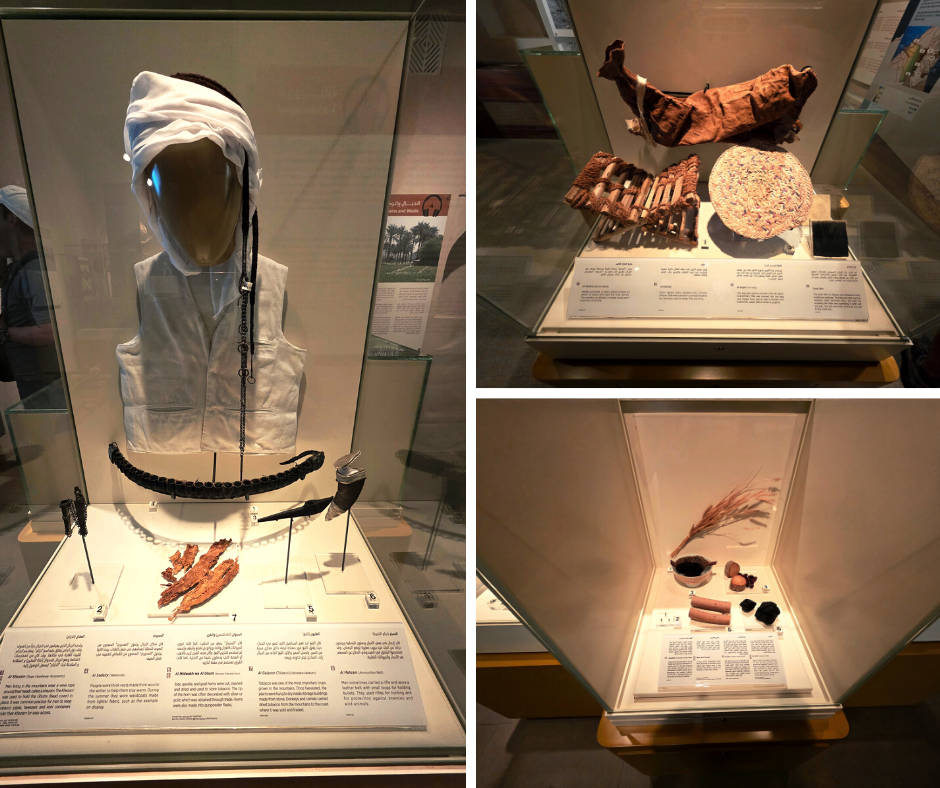
There were only two other visitors ahead of us, already nearing the end of their tour. So it felt like we had the full museum to ourselves. The silence inside was calming, perfect for taking in the details. In the first section of the museum, our eyes were immediately worned to a striking crystal structure placed at the center of the room. We saw many traditional Emirati items. The headwear and clothing, the smoking tools and everyday objects showed a simple but clear picture of how people lived in the past. We couldn't help but pause for a while, taking our time to read the information.
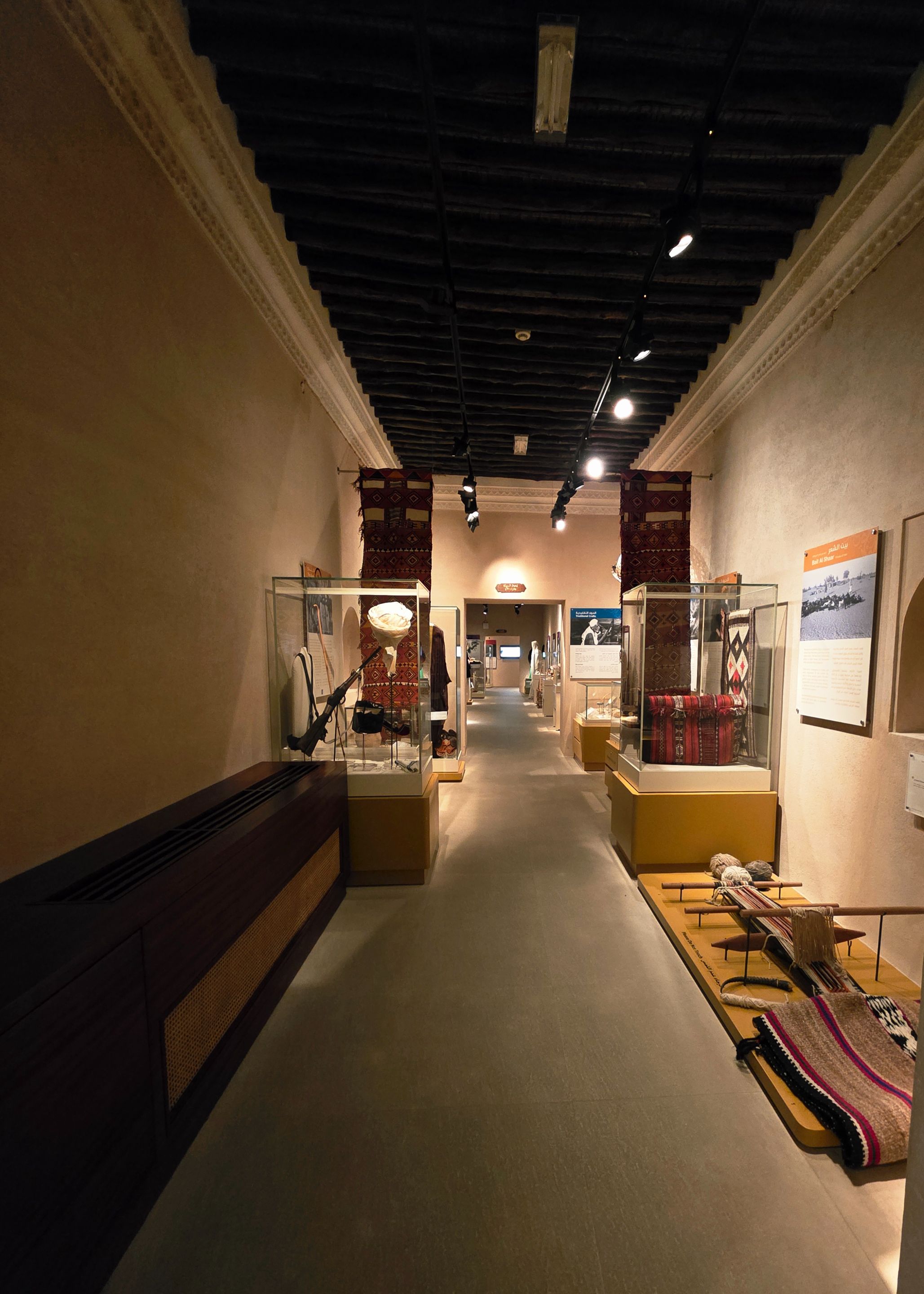
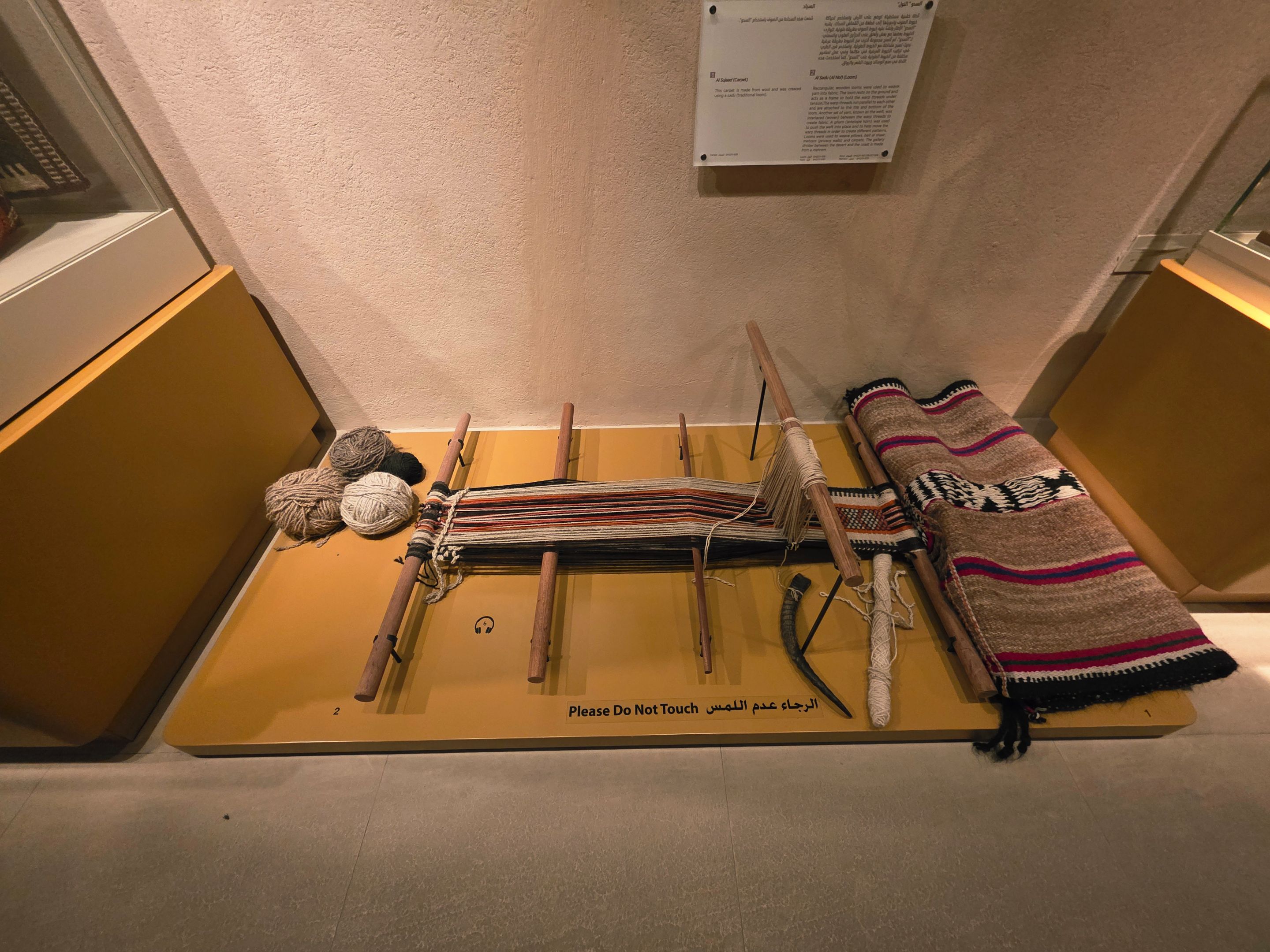
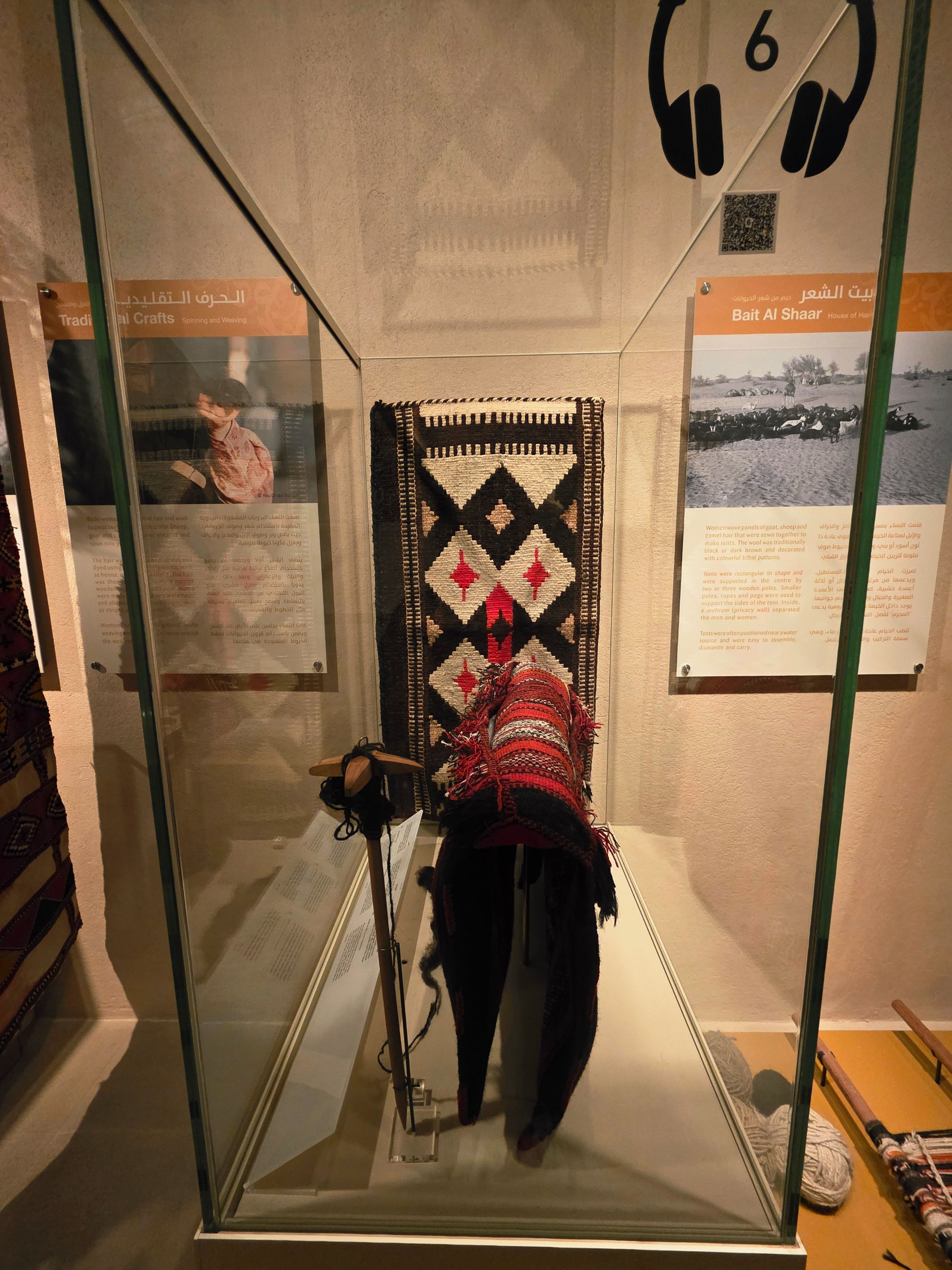
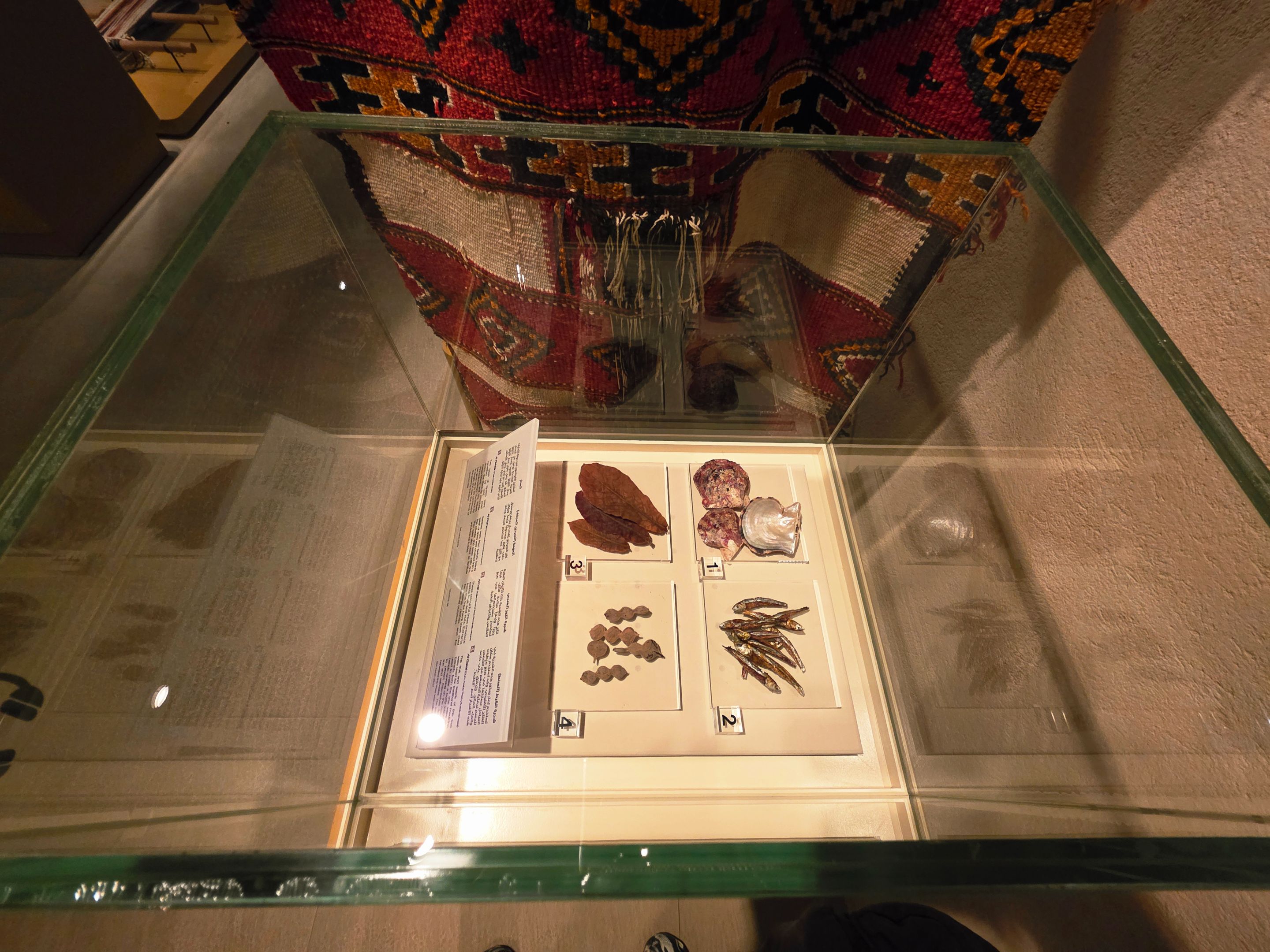
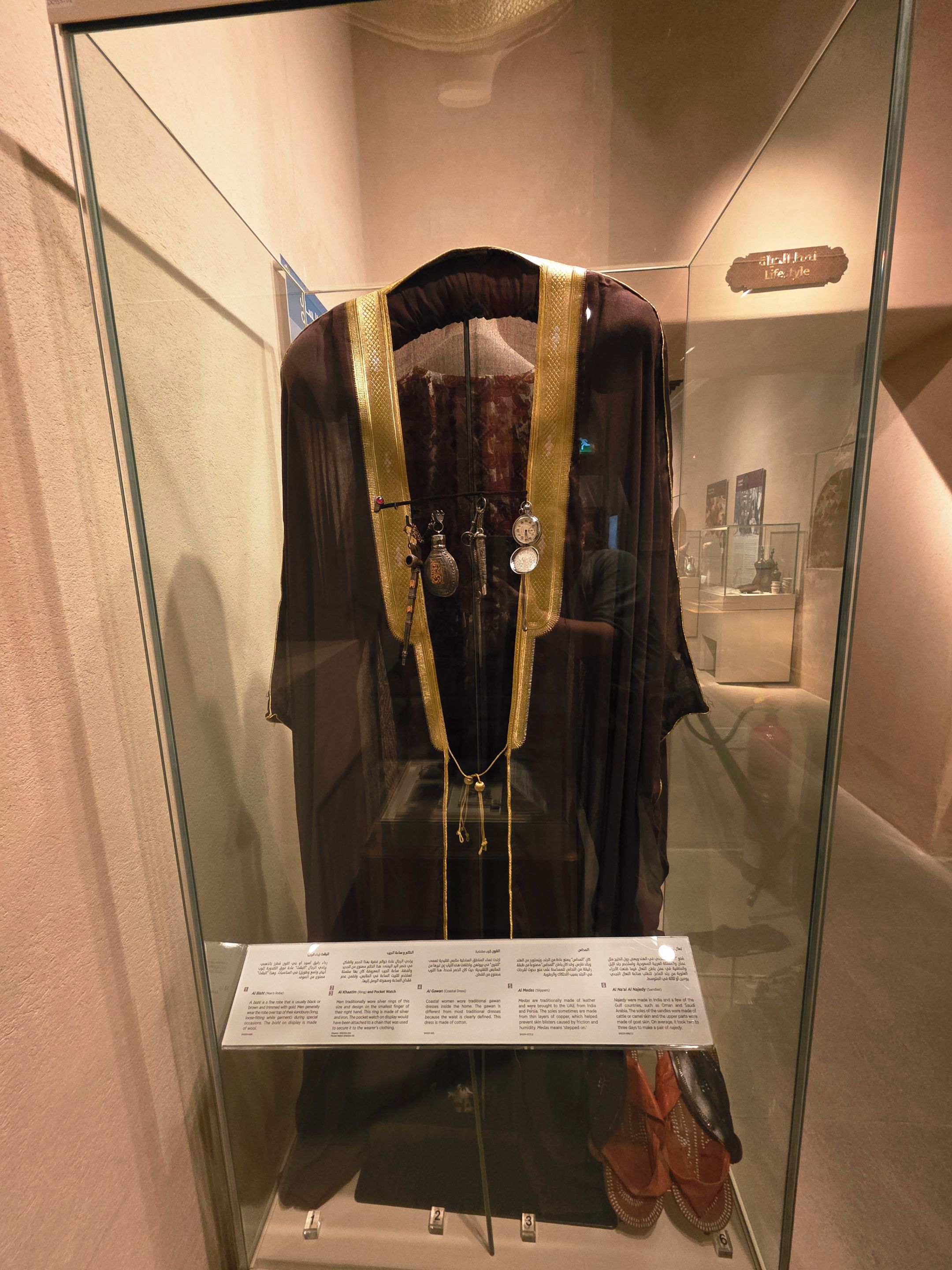
We moved into the next section. A display of natural elements and traditional arts. A woolen carpet, dense and rough, placed beside wooden spindles used to twist wool into yarn. There were pearls, oyster shells and even dried sardines, each telling a story of seaside life and productivity. We also learned about the Indian almond tree also used for drying clothes and treating various ailments. The gum arabic tree is used in creating natural body lotions. And the black robe trimmed with gold is usually worn by men.
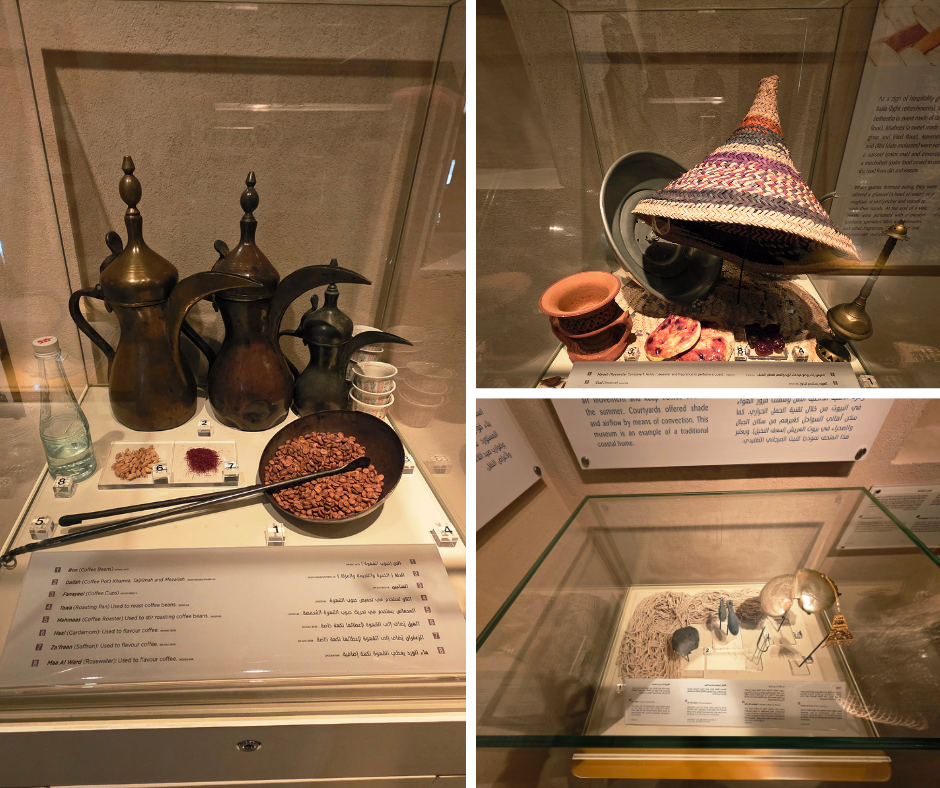
In the following section, we came across a display that reflected the coastal lifestyle and traditional hospitality. A cotton fishing net was neatly arranged next to fishing weights, displaying the tools once used by local fishermen. There was a radiant mother of pearl accessory, its flaring surface and delicate craftsmanship left us in awe. Then the art of coffee making. Laid out were coffee beans, a traditional pot, crafted cups, a stirrer and a roasting pan. There were also fragrant additions like saffron, rosewater and cardamom ingredients for flavor to create a rich cultural experience with every cup.
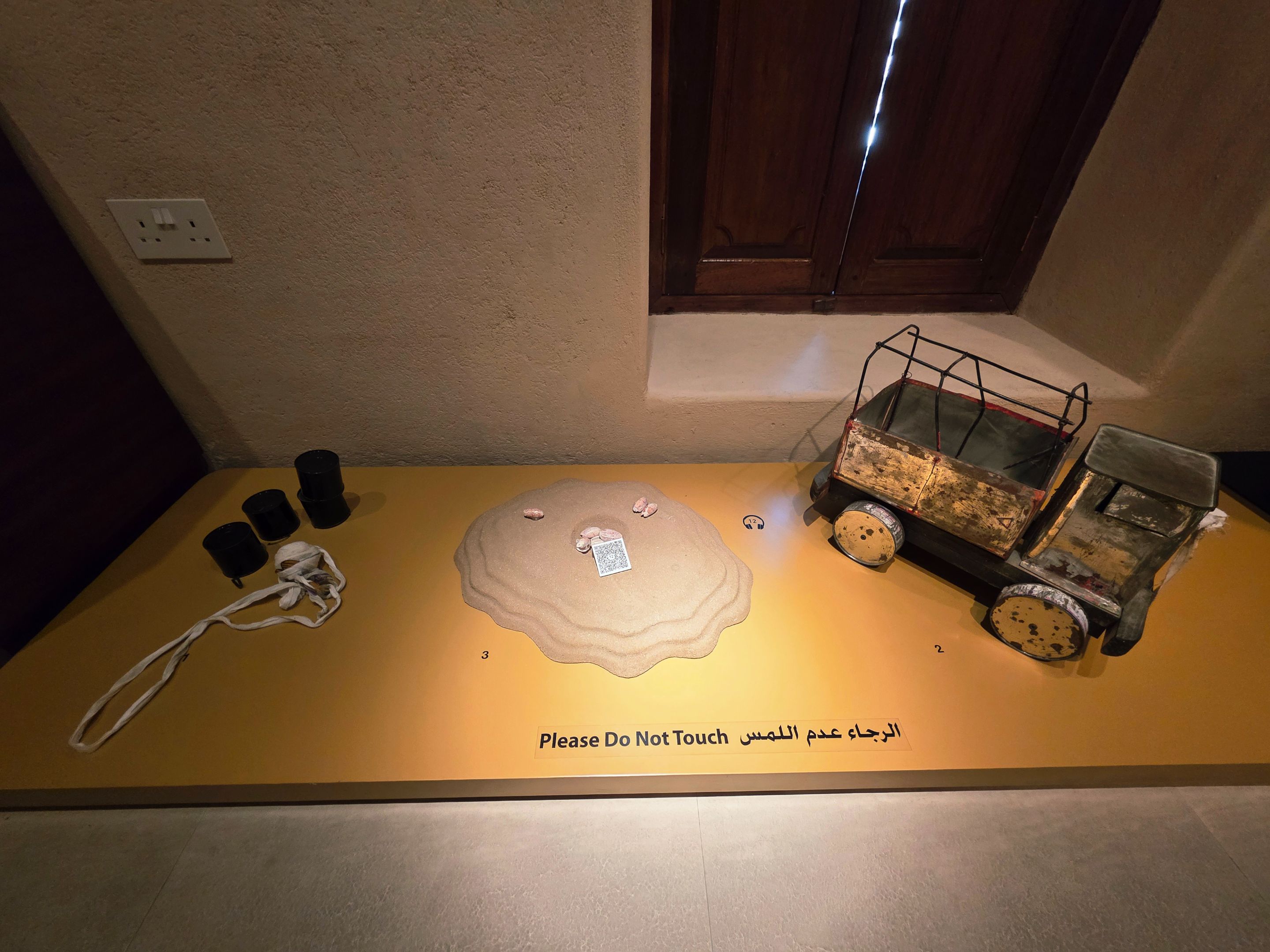
We saw a handmade toy car made from old oil tins and other scrap materials. Besides, there were shells and small pebbles, which girls used to play with. These simple games reminded us of how fun and clever childhood could be, even with the most basic things.


We also saw a display of everyday summer and winter clothing for boys and girls worn inside the home. The summer clothes were light and soft, simple and comfortable. The winter clothes were thicker, warmer fabric to keep the body comfortable during cold days. They looked simple but cozy, perfect for staying indoors.
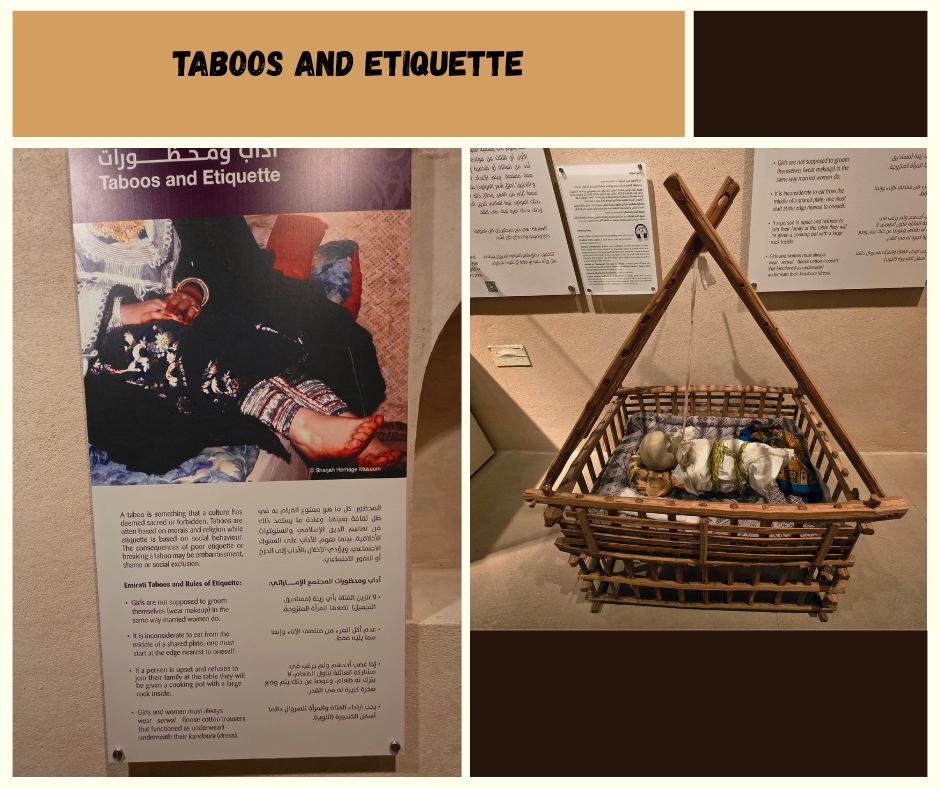
My husband was very interested while reading about the taboos and etiquette of the Emirati people. We found it fascinating to learn the dos and don’ts. It helped us understand the important rules and customs that people follow there.
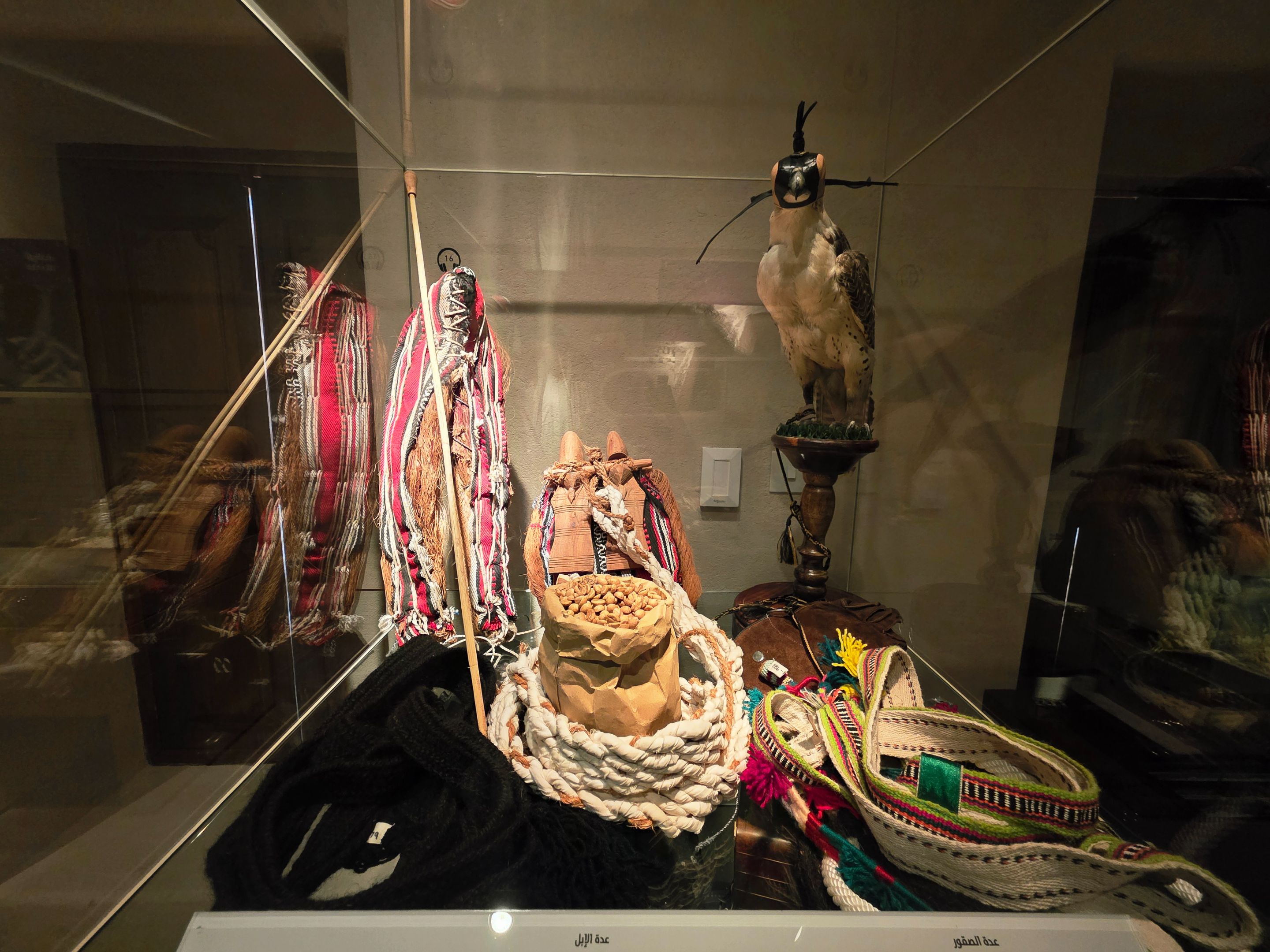
As we continued, we saw the camel racing gear and falconry gear on display. The camel racing gear had bright saddles and special protection for the camels. The falconry gear included tools to help train and take care of the falcons. Both showed important traditions of the area.
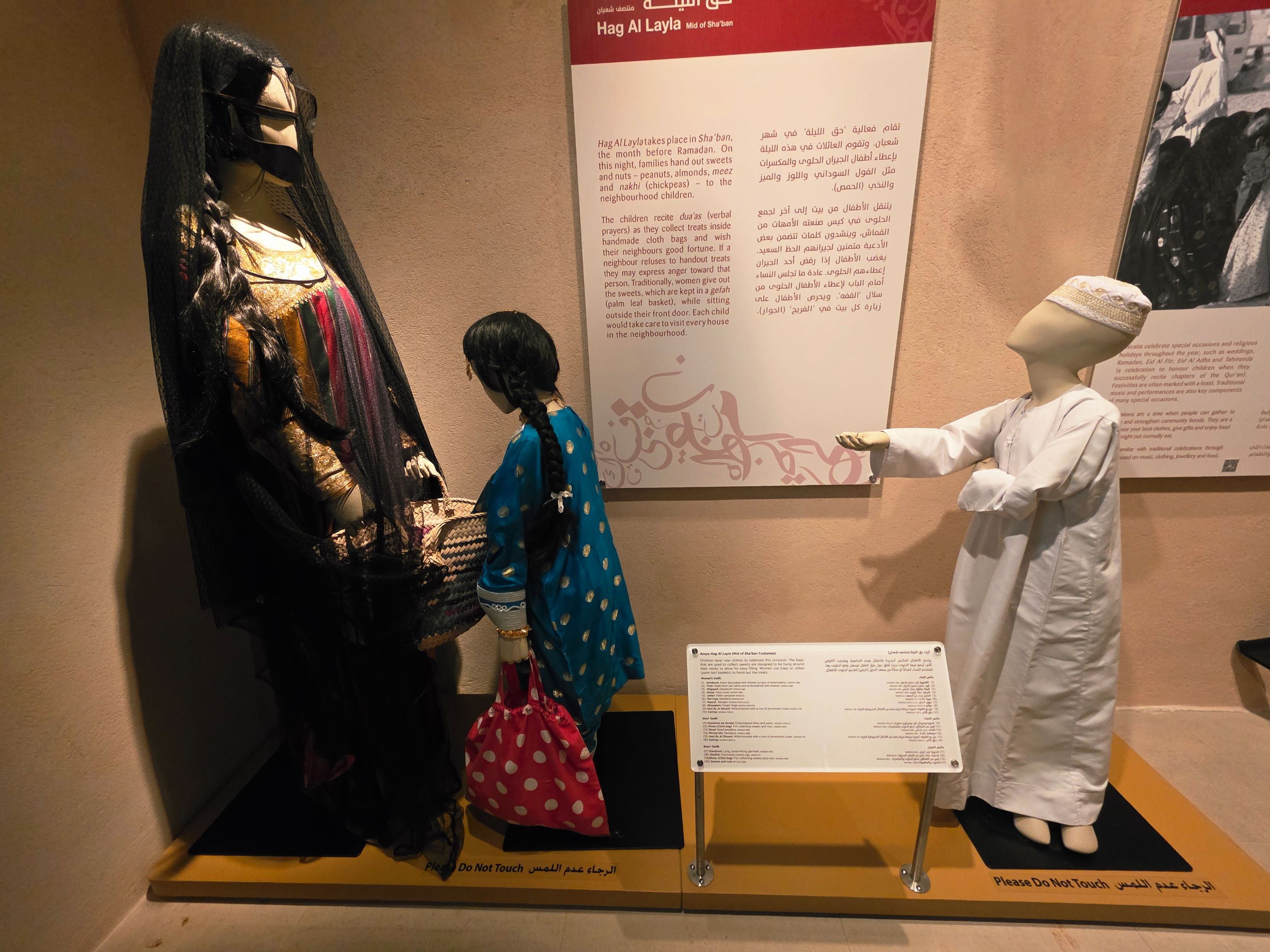
This photo shows children during Hag Al Layla. They are saying dua’as, which are prayers, while they go around collecting treats. The children carry handmade cloth bags to hold the sweets and gifts they receive.
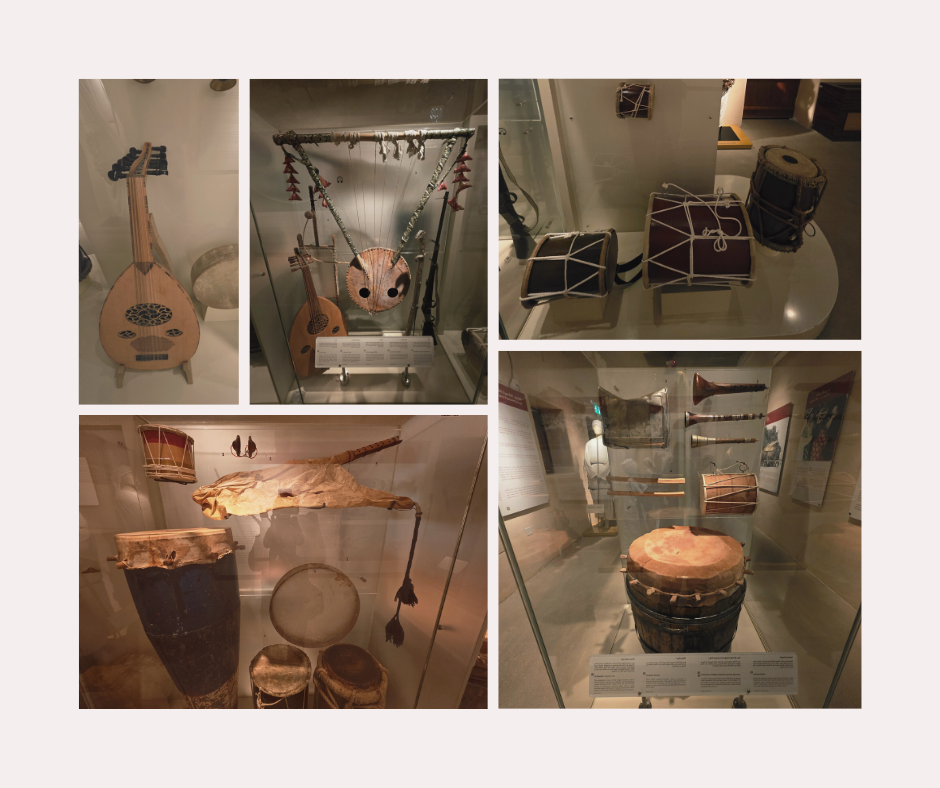
The next section displayed musical instruments used in traditional music. We saw drums, string instruments, and other unique pieces. We were amazed to see how each one played a role in creating the rich, cultural sounds passed down through generations.
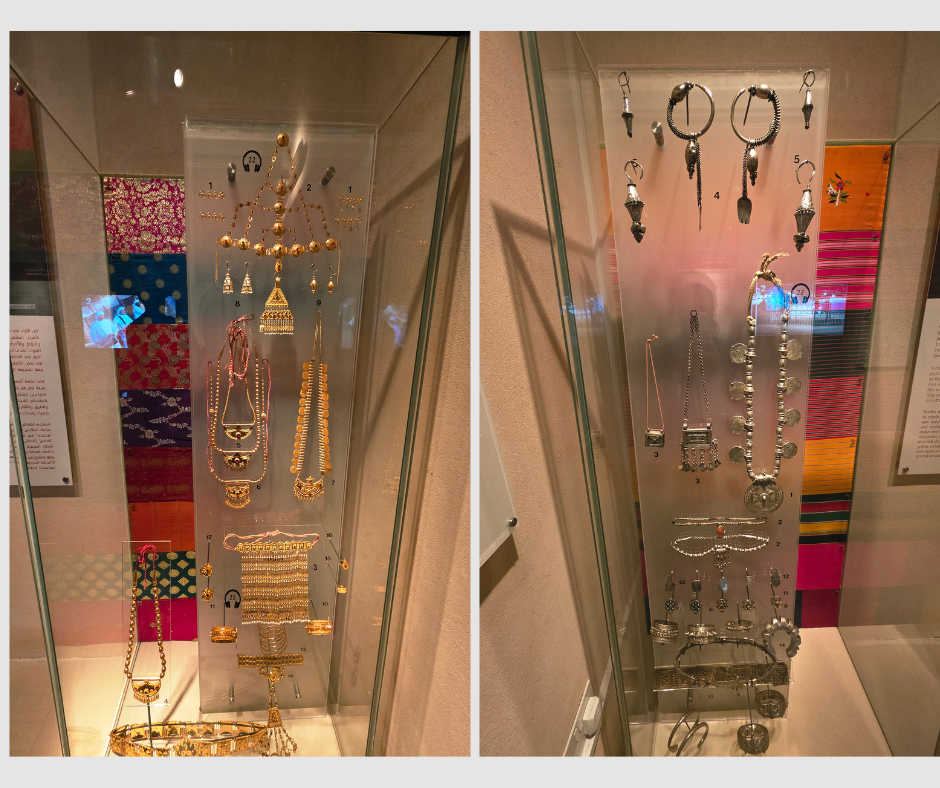
This area showed their traditional jewelry. In the past, people didn’t keep their money in banks. These pieces were not only used for decoration but also served as a form of savings and security for the future.
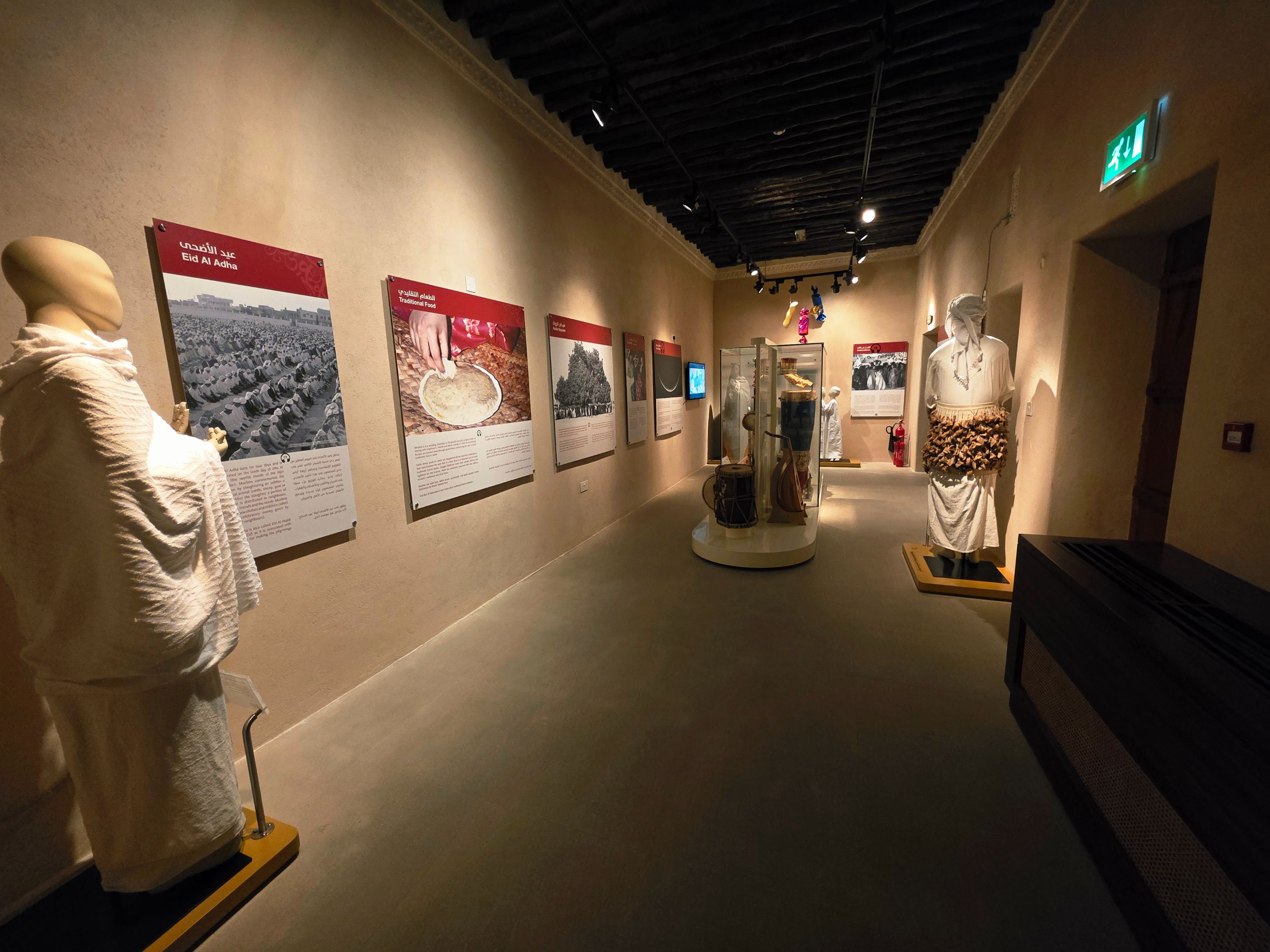
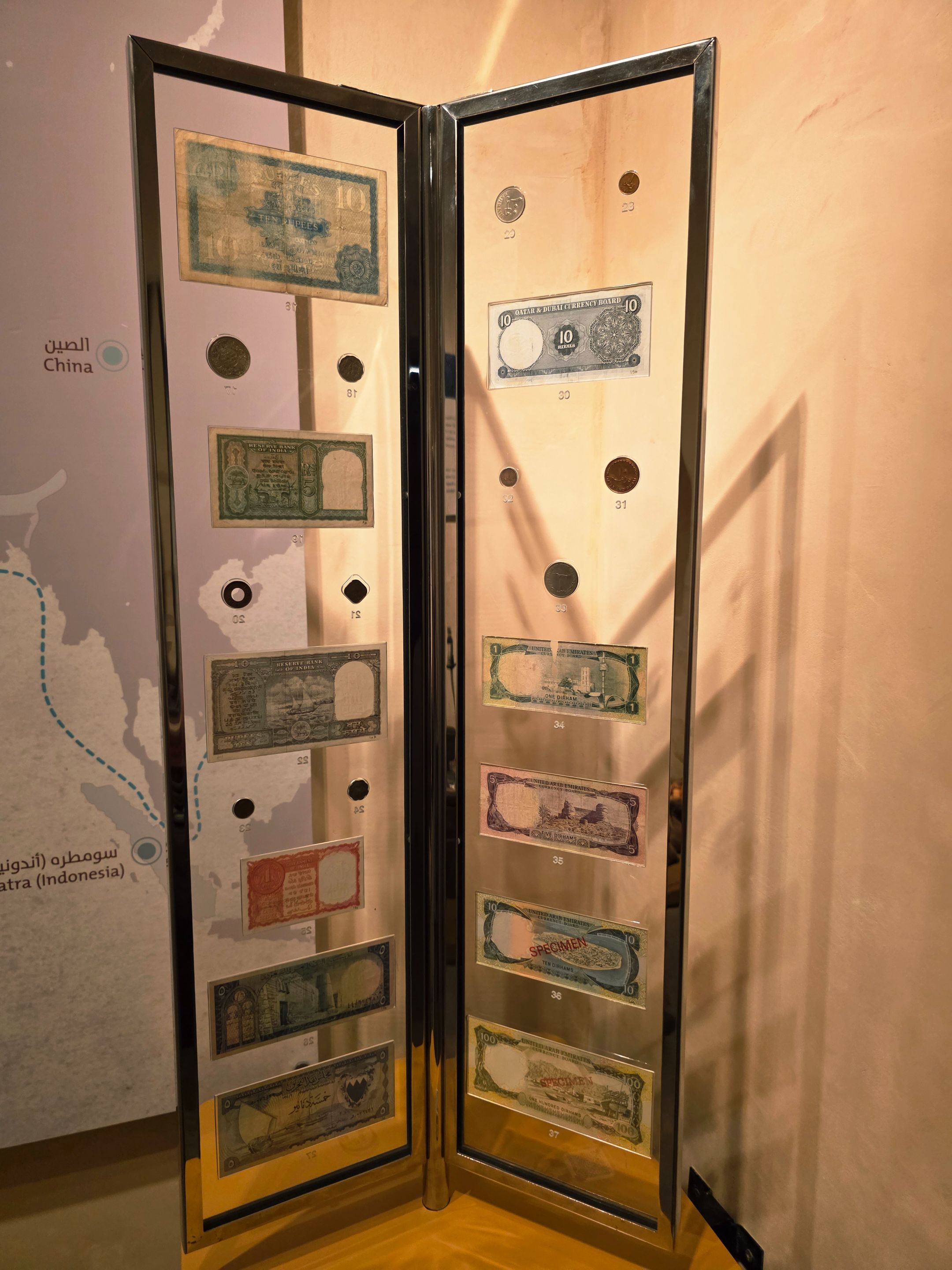
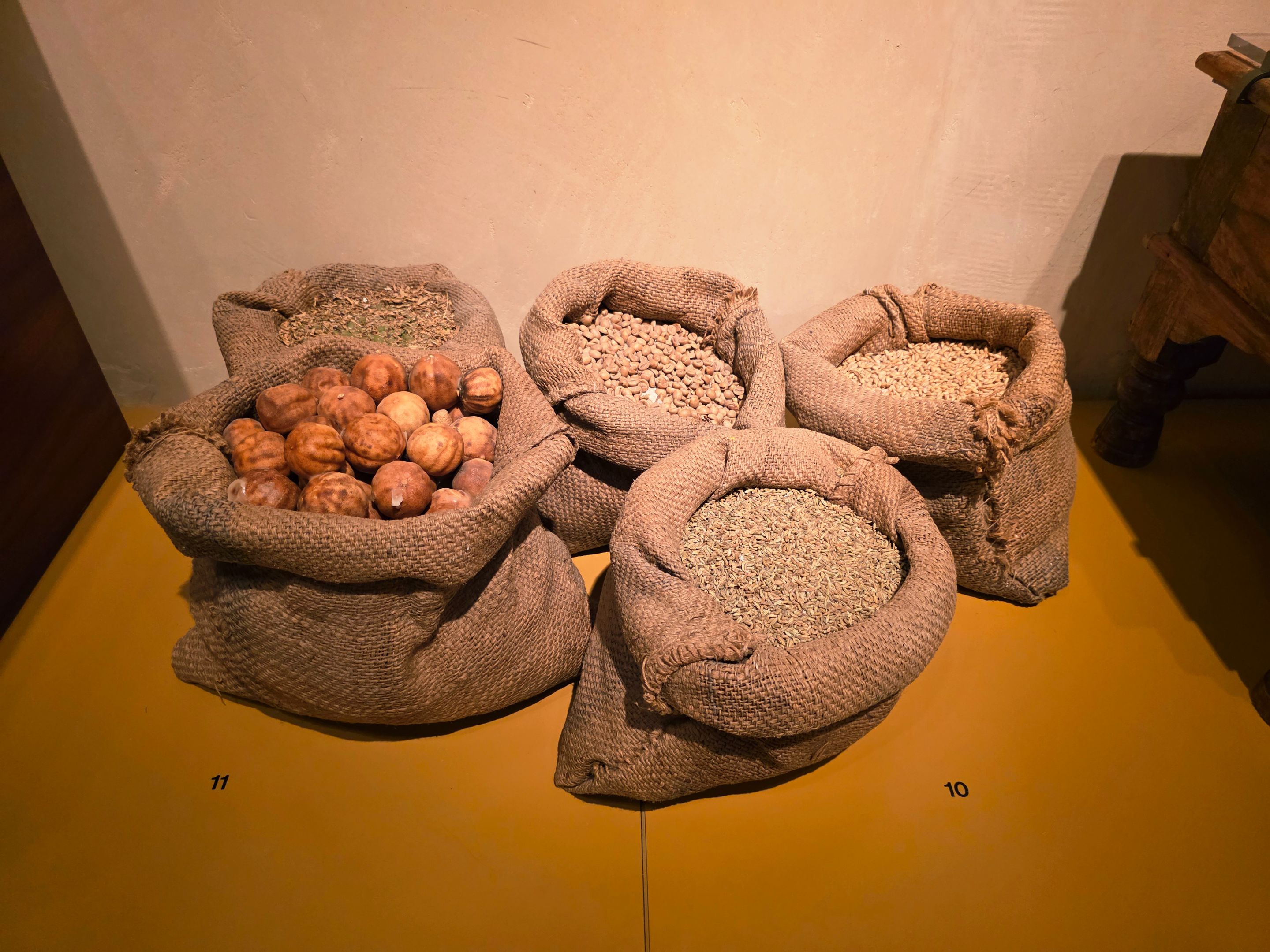
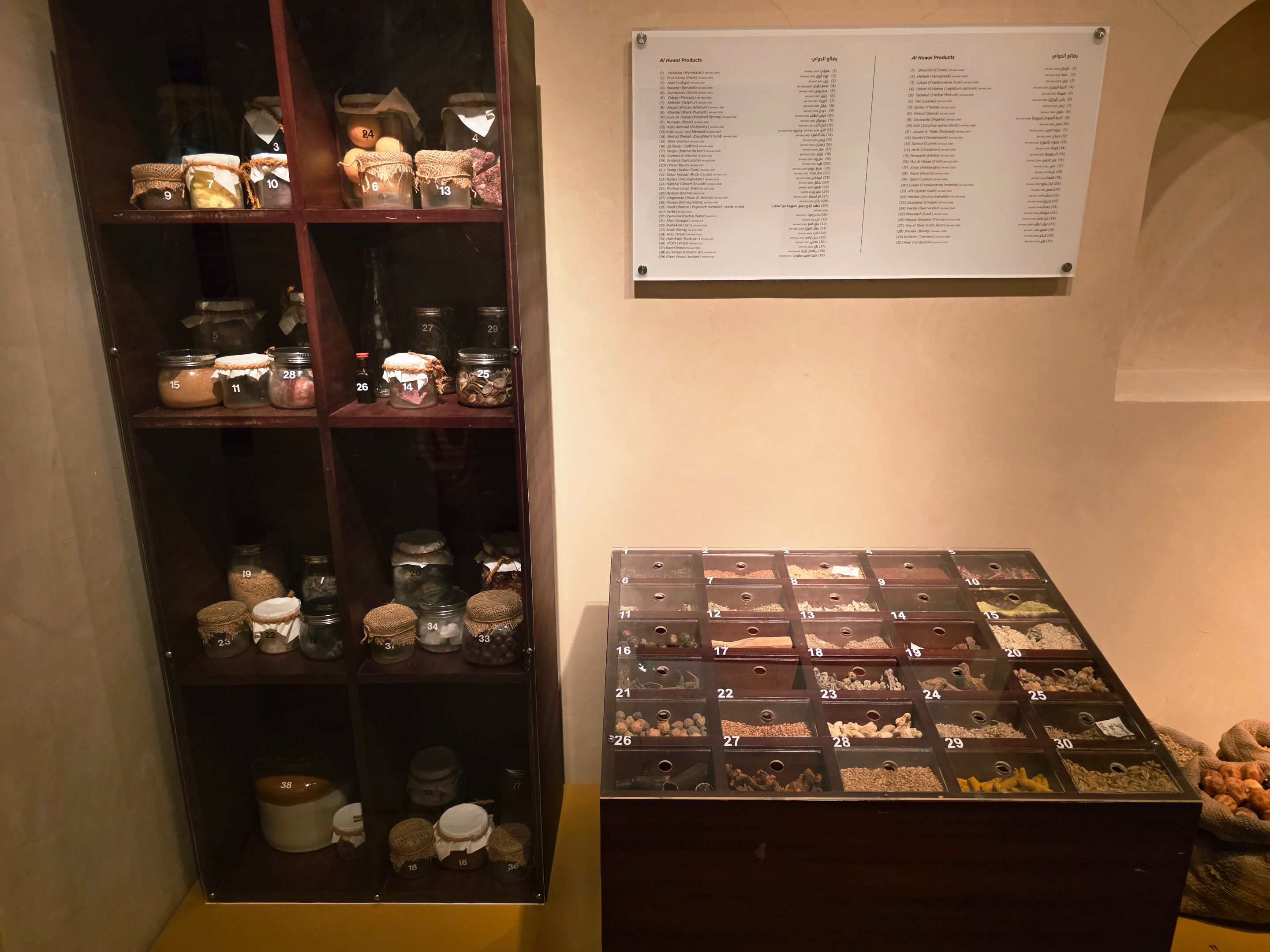
This photo shows their old money and some spices and herbs. The coins and paper bills were utilized a long time ago for buying and selling. The various kinds of spices and herbs, used both in cooking and traditional healing. It was enjoyable to see that people in the past applied natural things in their daily lives.
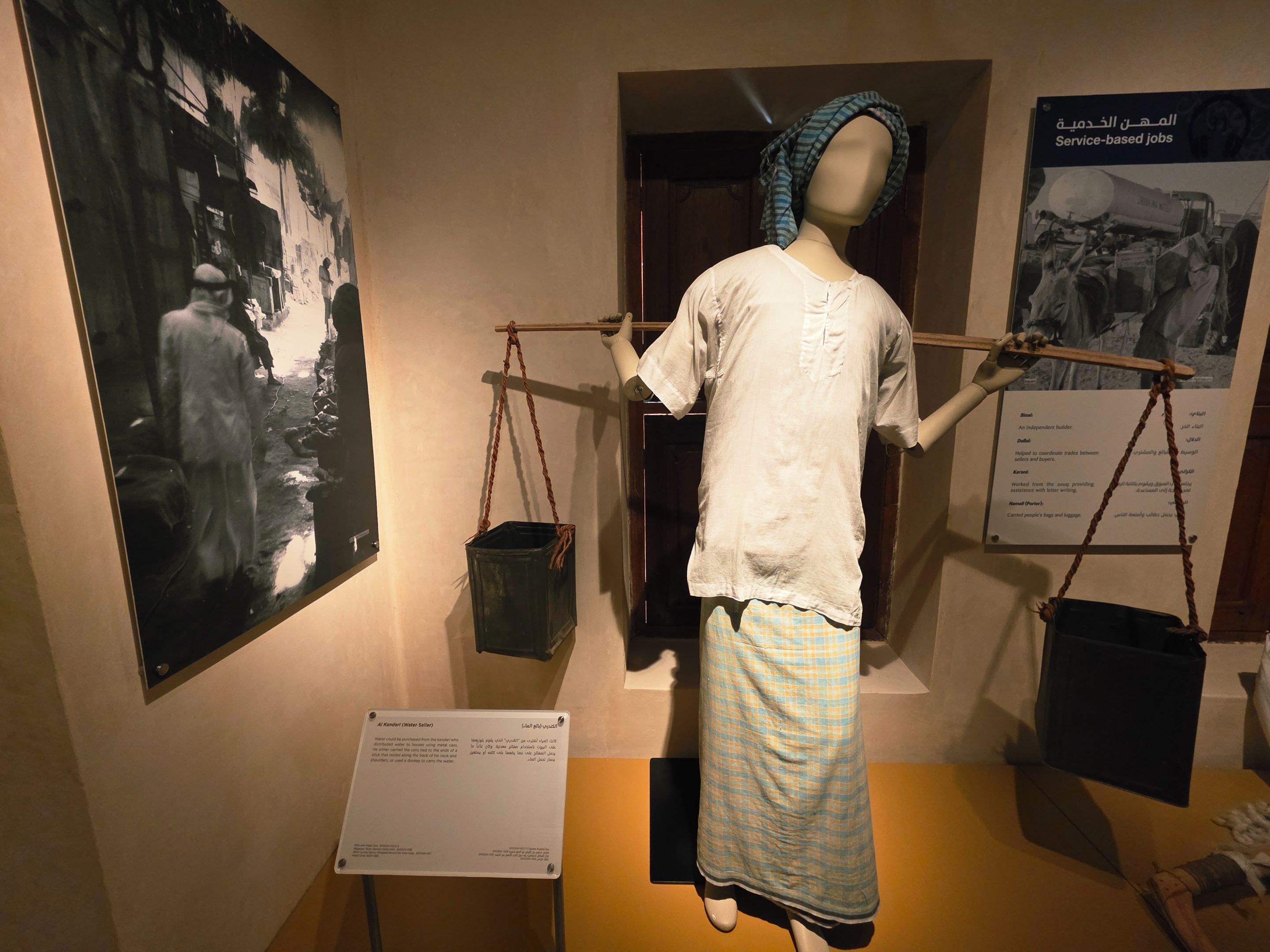
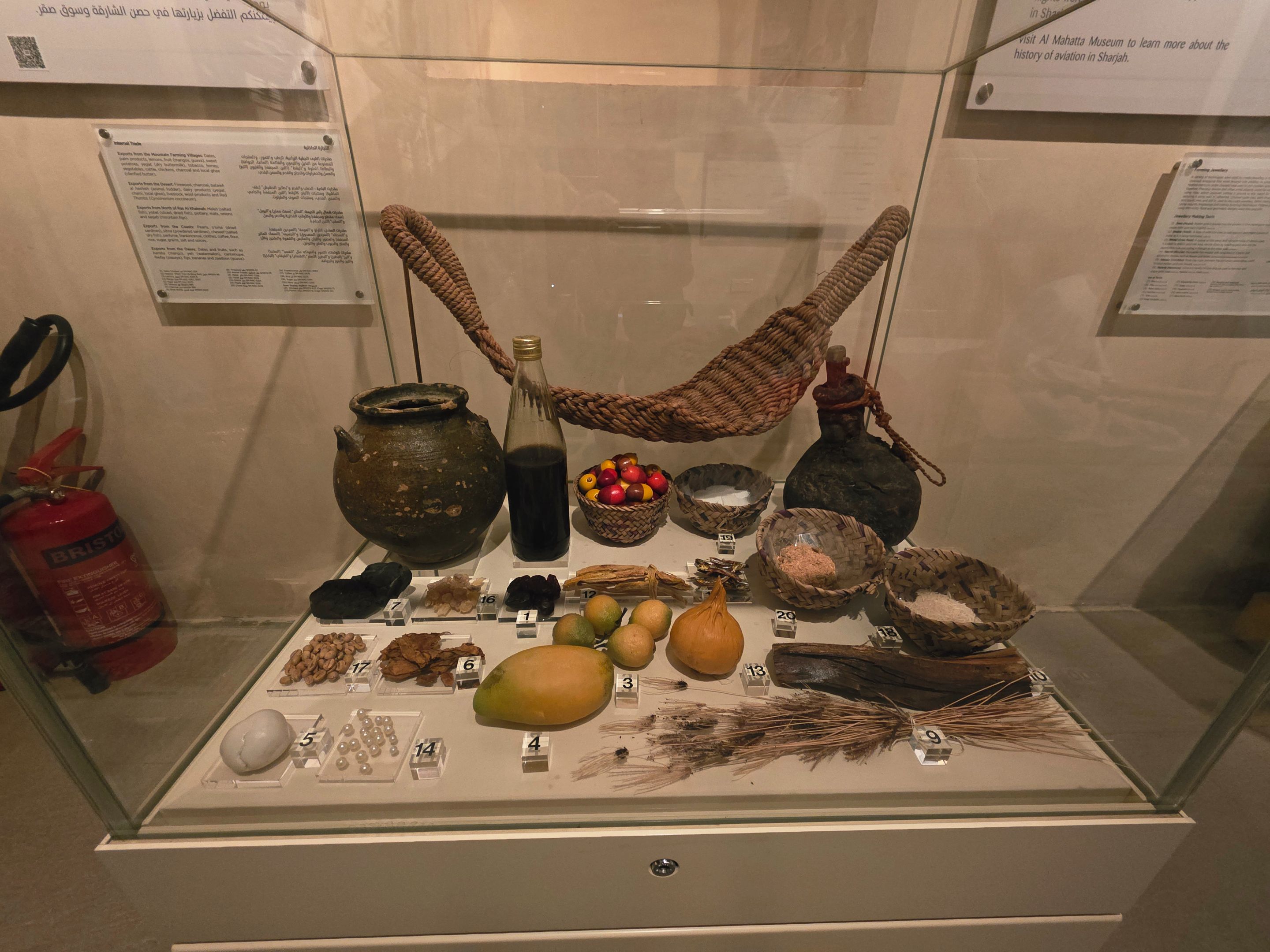
Next, we saw the Al Kandari, the traditional water seller. He used to carry water and deliver it to people’s homes. The next pictures showed the internal trade and exports from mountain farming villages. These items like fruits, vegetables, herbs and handmade goods that were traded with other areas.
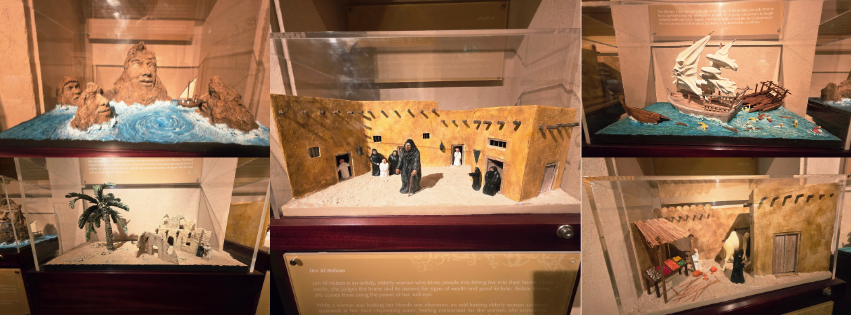
These photos showed scenes from well-known Emirati folklore, showcasing characters such as Um Al Helaan, Um Karba wa Leef, Salama wa Banatha, Khataf Ra’faey, and Baeir Bala Ras. These stories were told by elders to children. Often to teach lessons or explain things in a fun and memorable way. Each character carries its own story, often filled with mystery, lessons and cultural values. For example, some tales were meant to teach children to stay safe, listen to their parents or respect nature. Others shared insight about kindness, bravery and community.
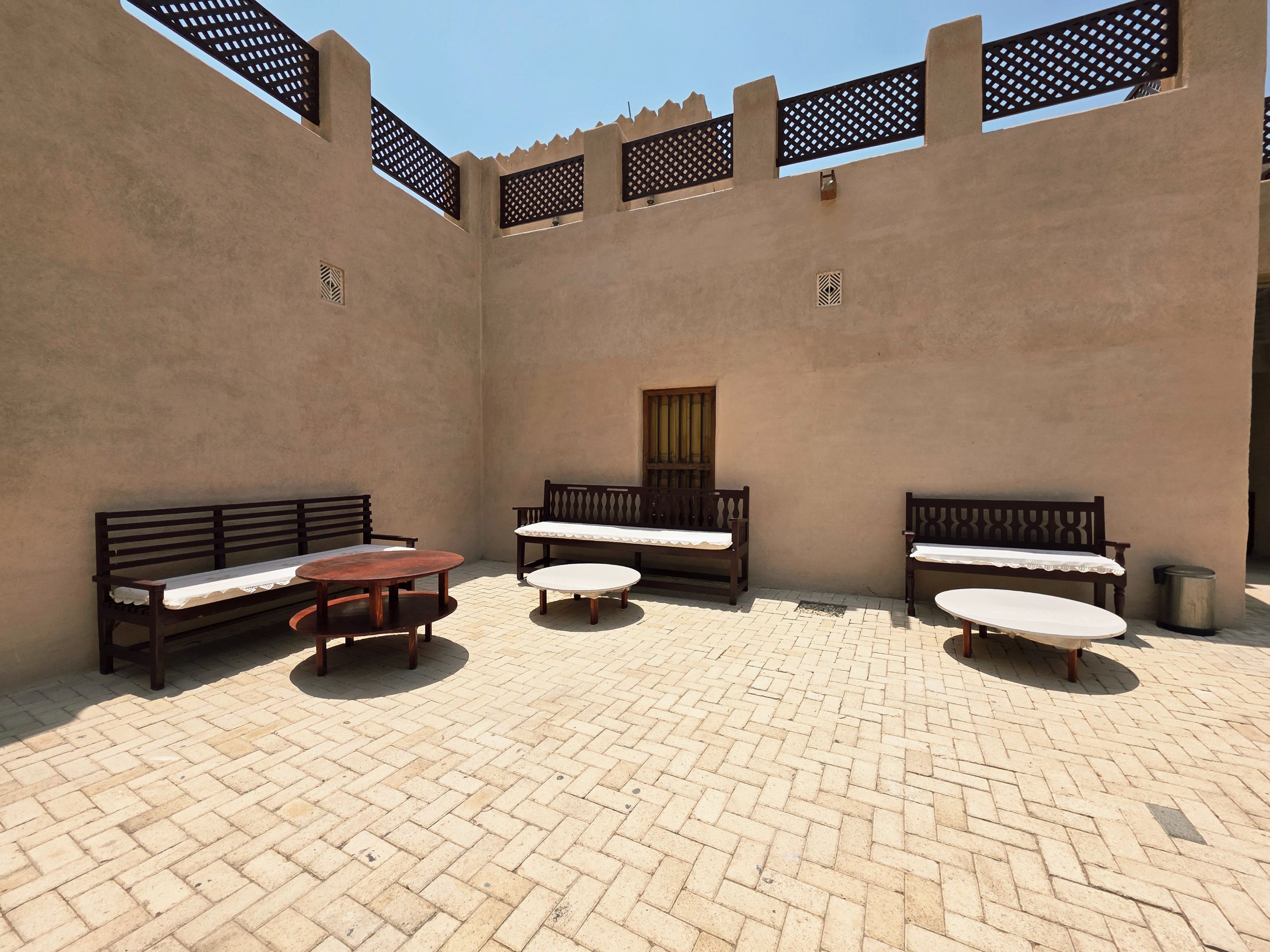

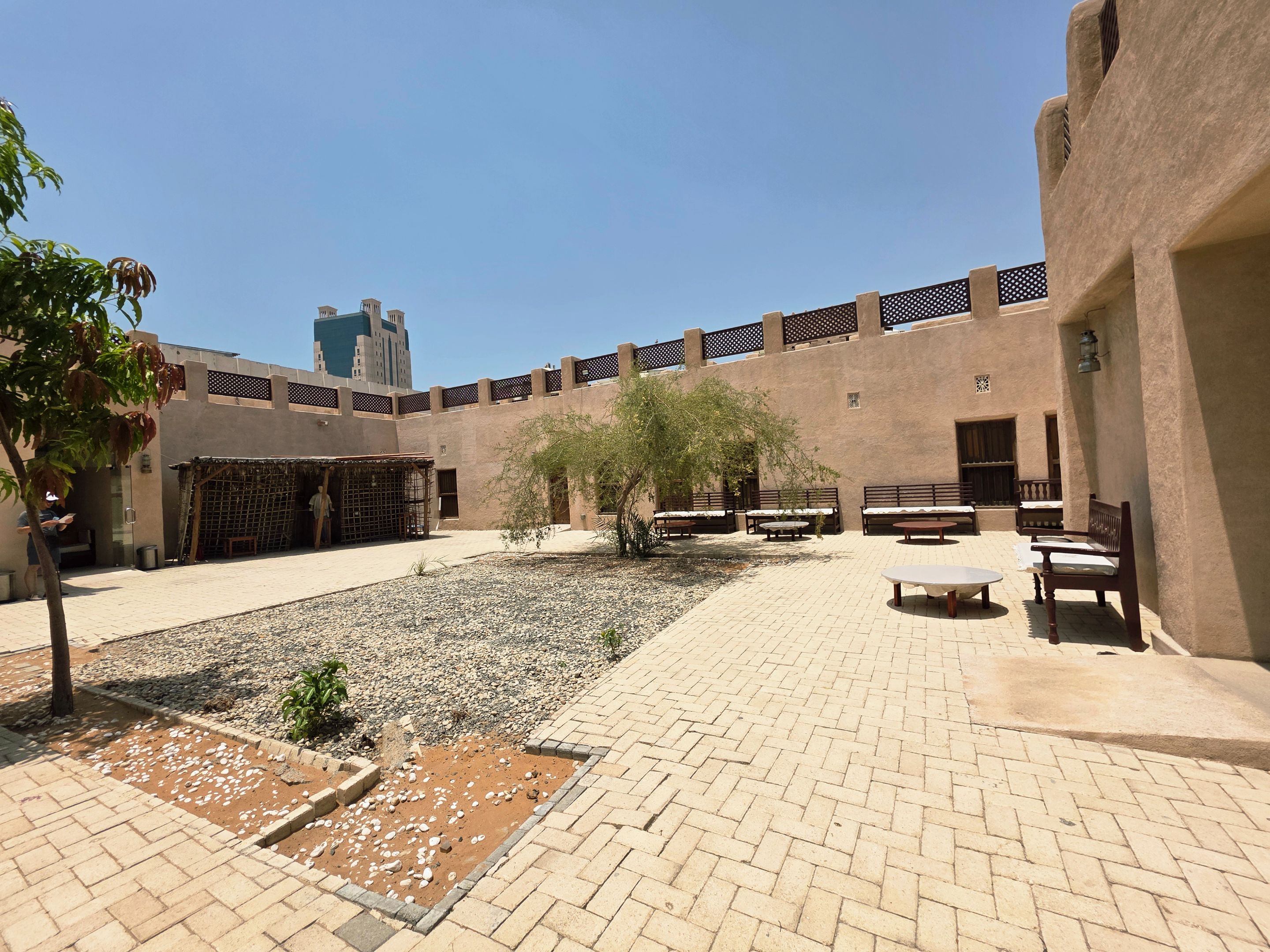
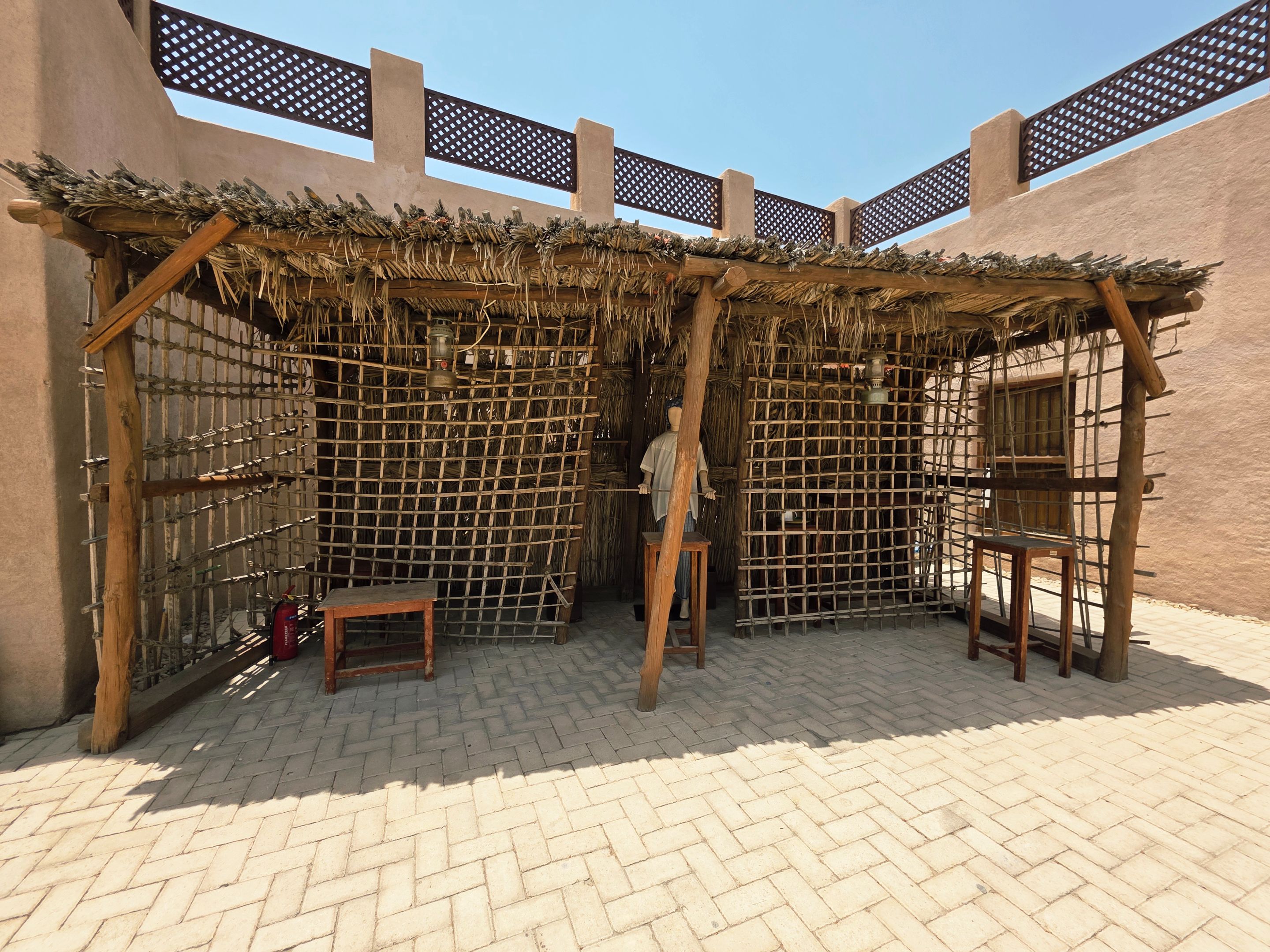
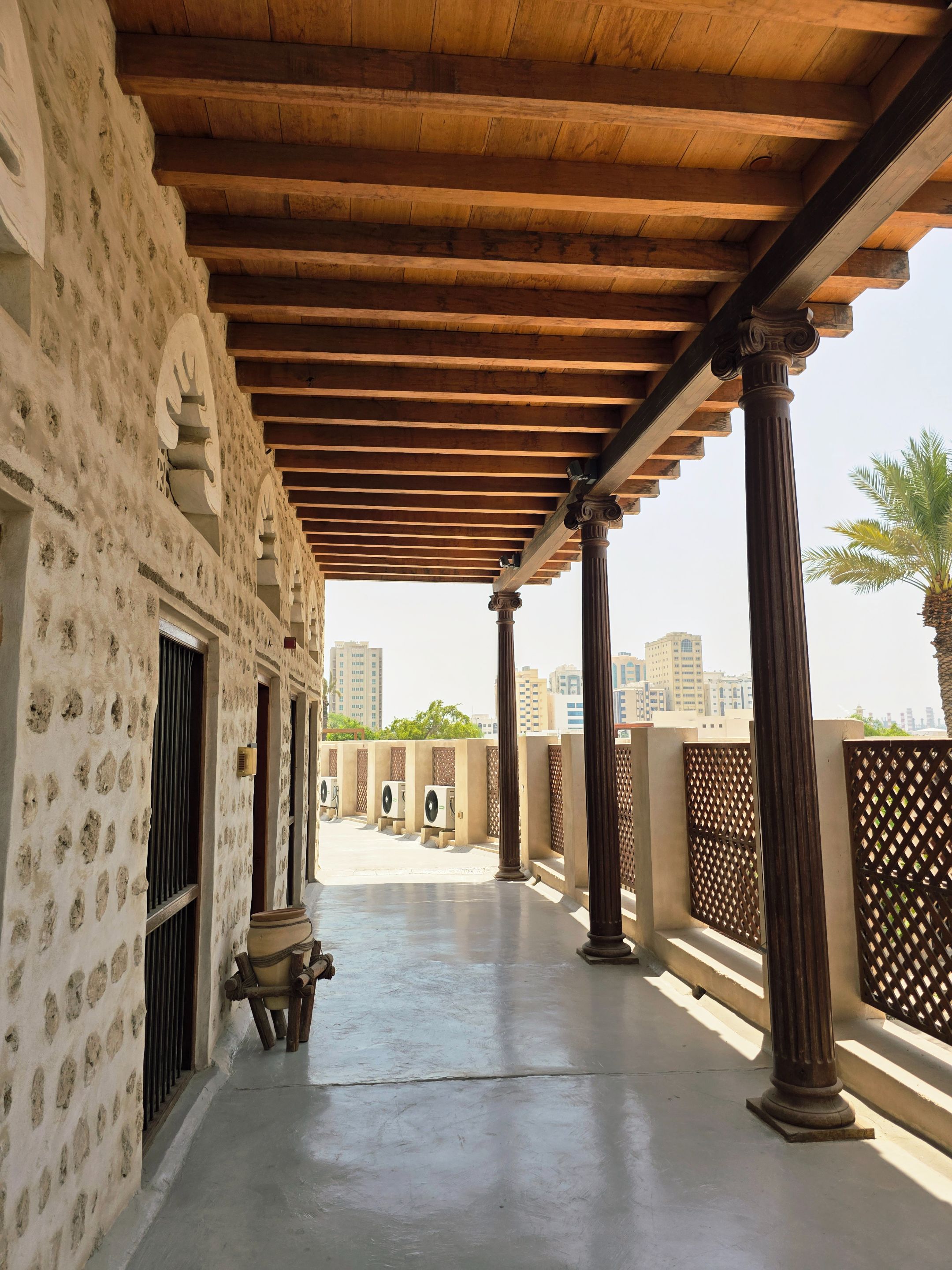
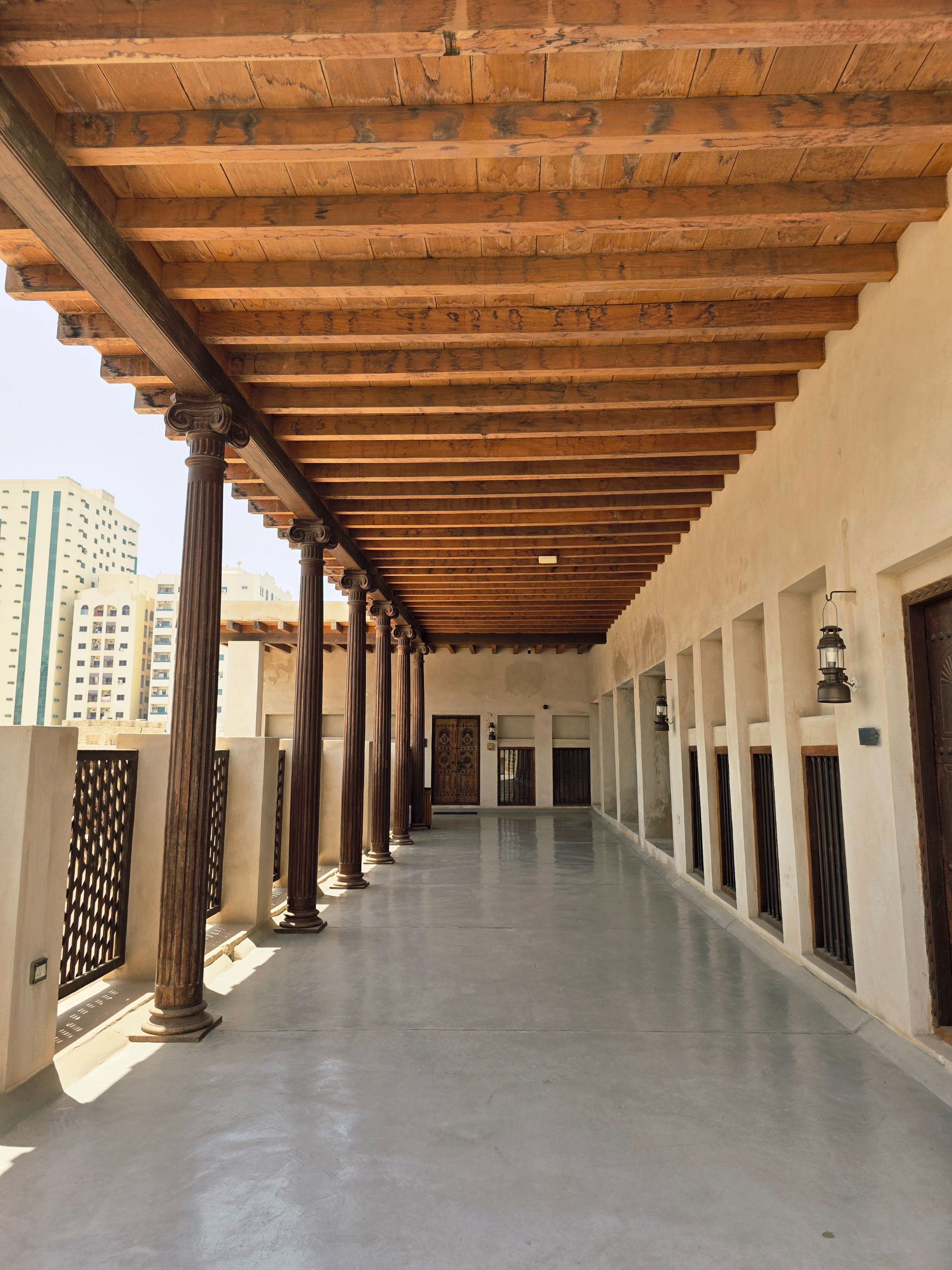
Our stopover at the Sharjah Heritage Museum was fun and exciting. We saw many things that revealed how Emirati people lived in the past. Like their clothes, tools, games, and music. Each section showed something special about their culture. It was a simple but meaningful way to understand and appreciate Emirati heritage.
Photos taken using Samsung S25 Ultra Collage using Canva
